
Sea Otter (scientific name: Enhydra lutris) is also known as Sea Otter in foreign languages. There are 3 subspecies.Sea otters are good at diving, often diving to 3-10 meters, and sometimes diving to 50 meters deep to find food. They rarely move on land and never go far from the coast. Compared with...
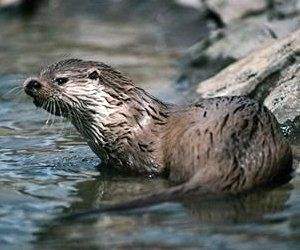
The Zaire small-clawed otter is also known as the Congo small-clawed otter (Aonyx capensis congica) and the Cameroon clawless otter. It is a subspecies of the African small-clawed otter. Its habits are unknown. They are threatened by habitat loss.Listed in Appendix I, Appendix II and Appendix III of...

Peruvian Otter (scientific name: Lontra felina) is also known as chungungo and Marine Otter. There are no subspecies.When not breeding, Peruvian otters are mostly solitary animals. When found in groups, the group size rarely exceeds 2-3 individuals. Activity is usually diurnal, with peak activity oc...

Long-tailed Otter (Lontra longicaudis) They seem to prefer clear rivers and are less likely to be found downstream in turbid waters. They are solitary and feed mainly on fish and crustaceans. They are protected under Appendix I of the Convention on International Trade in Endangered Species of Wild F...

The Chilean otter (scientific name: Lontra provocax) is a semi-aquatic mammal.The Chilean otter is nocturnal and is good at swimming and diving. It can stay underwater for 2 minutes at a time. They catch fish as fast as a cat catching a mouse. Before catching, they often lie in wait on rocks by the...
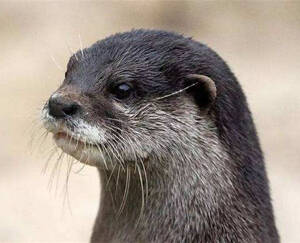
North American River Otter (scientific name: Lontra canadensis) is also known as North American River Otter in foreign languages. There are 7 subspecies.North American River Otters generally live in pairs, and sometimes form family units. It is a highly active animal. As long as it is not sleeping,...
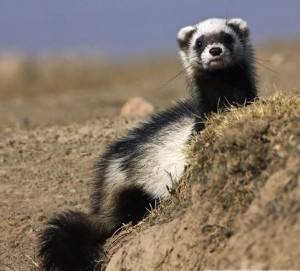
The African sagebrush (scientific name Ictonyx striatus), also known as zorille, usually lives alone and hunts at night. The African sagebrush is an aggressive and territorial animal. It usually marks its territory with feces and anal scent gland spray. The spray released by the odor glands can cove...
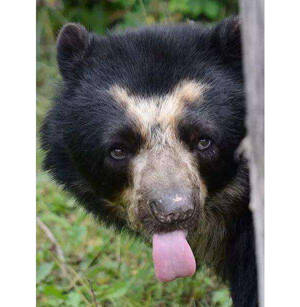
Spectacled bear (scientific name: Tremarctos ornatus) is also known as Andean Bear. It is the only bear species in South America and has no subspecies.Spectacled bears migrate by movement, with a range of 7-27 square kilometers. These bears are unlikely to be highly territorial, as they have been ob...
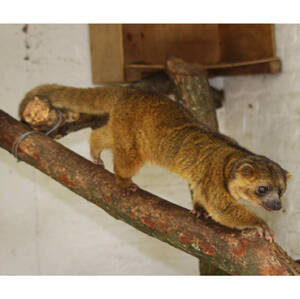
Bassaricyon gabbii is the first dog raccoon discovered.Bassaricyon gabbii feeds on a variety of fruits, vegetables, fish, frogs, mice, birds and insects. They curl up in their dens during the day and come out to look for food at night. They like to hunt fish, shrimps and insects near the water in st...
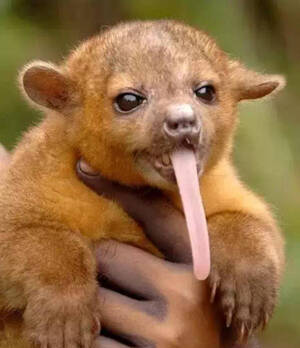
Kinkajou (Latin name: Potos flavus, English name: Kinkajou) is a species of raccoon that lives in the rainforest. It is the only species in the genus Kinkajou and has 7 subspecies.Honey bears are nocturnal, arboreal animals that are most active from 7pm to midnight and an hour before dawn. They slee...